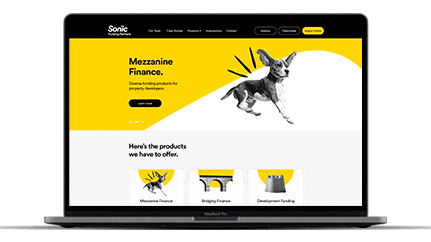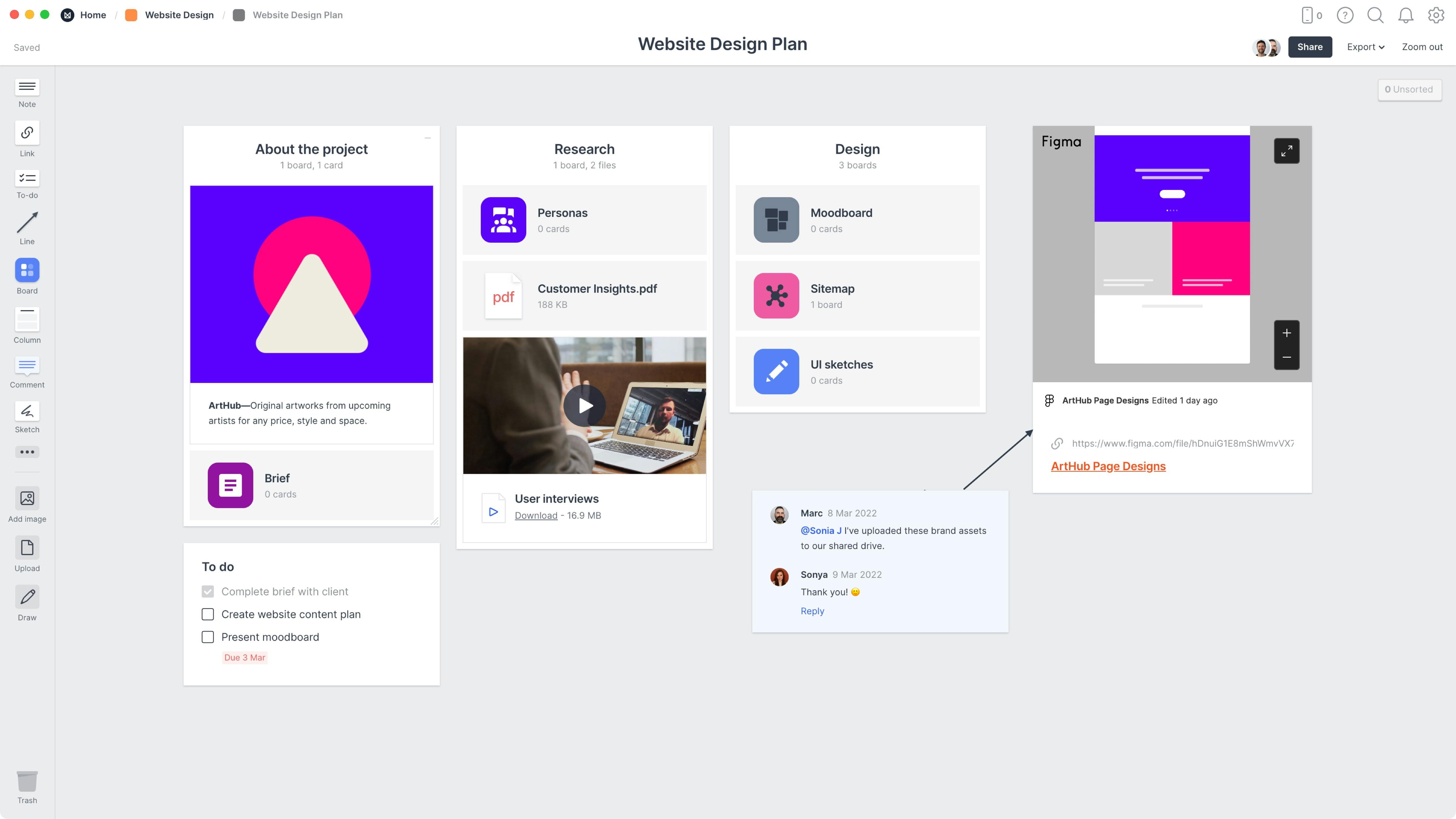Elevate Your Brand Photo with Outstanding Website Design Providers
Elevate Your Brand Photo with Outstanding Website Design Providers
Blog Article
Transform Your Online Presence: Top Trends in Modern Web Site Design
In the evolving digital landscape, modern website design trends play an important function in shaping how users interact with online content. Minimal design aesthetics, the surge of dark setting, and a mobile-first strategy are simply a couple of aspects that can considerably improve individual experience.
Minimalist Design Visual Appeals
Minimalist layout appearances have actually obtained substantial grip in modern-day web site advancement, as developers seek to create user-friendly experiences that prioritize functionality. This layout approach emphasizes simplicity, stripping away unneeded aspects to concentrate on necessary material. By lessening diversions, web sites can enhance user engagement and help with easier navigating.
The characteristic of minimalist style includes the reliable use whitespace, which provides a tidy and orderly design. This method not only boosts readability yet additionally highlights essential details and phones call to activity. Color palettes in minimalist styles often feature neutral tones, permitting striking contrasts that guide the customer's interest to vital features.
Typography additionally plays an important duty in minimalist looks. Designers normally choose legible and clear typefaces that complement the general layout without overwhelming individuals. In addition, functionality is prioritized through responsive layout, ensuring that minimalist designs execute well across various tools.
Ultimately, the minimal layout approach promotes an user-friendly customer experience, making it simpler for site visitors to connect with content. As companies significantly identify the importance of efficient on the internet visibility, minimalist layout continues to be a fundamental fad in modern-day website development.

Dark Mode Popularity
As web designers focus on customer experience, dark setting has actually become a prominent function that improves visual comfort and reduces eye pressure, specifically in low-light settings. This layout pattern enables individuals to switch the interface shades from light to dark, giving an extra calming experience for extended use.
The increase of dark mode can be attributed to its ability to boost readability and emphasis. By decreasing glare, it decreases disturbances and aids individuals to engage more deeply with web content. Lots of users locate that dark styles create a smooth, modern visual, appealing to both personal choice and branding methods.
Major systems, including social media sites and software application applications, have taken on dark mode, showing its extensive approval. Furthermore, research recommends that dark setting can add to battery preservation on OLED screens, making it a sensible option for mobile customers.
As dark mode remains to acquire grip, internet developers need to consider its implementation in their jobs. Providing customers with the choice to toggle between dark and light modes not only enhances availability but likewise reveals a commitment to user-centric layout, eventually bring about improved contentment and interaction.
Mobile-First Strategy
Embracing a mobile-first technique has actually become vital in modern-day web style, mirroring the expanding reliance on mobile gadgets for net access. website design. With over half of worldwide internet website traffic stemming from smartphones and tablets, designers should prioritize mobile individuals to boost engagement and ease of access
A mobile-first method entails designing a site for smaller screens before adapting it for bigger display screens. This approach promotes simplicity, making sure that essential content is prioritized and conveniently navigable. By concentrating on mobile design first, programmers are urged to simplify attributes and eliminate unnecessary aspects that might mess the customer experience.
In addition, a mobile-first frame of mind fosters enhanced performance. Sites enhanced for mobile gadgets normally fill faster, as they call for much less data and bandwidth. This not only boosts individual contentment however likewise positively impacts search engine positions, as site rate is an essential variable in search engine optimization.
Additionally, a mobile-first approach lines up with responsive design principles, ensuring that sites operate effortlessly throughout various devices and screen sizes. By embracing this technique, organizations can successfully reach their audience, maintain user rate of interest, and eventually drive conversions in an increasingly mobile-centric electronic landscape.
Interactive and Immersive Components
The shift towards mobile-first style normally results in a better emphasis on immersive and interactive elements, which improve user interaction and develop unforgettable experiences. Internet sites are no more fixed pages; they are dynamic systems that welcome individuals to discover and interact. This pattern incorporates a variety of functions, such as computer animations, video backgrounds, and interactive infographics, all focused on capturing interest and sharing information in an appealing fashion.
One considerable element of interactive layout is using gamification, which integrates game-like elements into sites to inspire individual engagement. This can take the kind of tests, challenges, or rewards, cultivating a much deeper link with the web content. Additionally, incorporating digital or augmented fact can boost the customer experience, permitting site visitors to engage themselves in see post a brand's story or item offering.
Moreover, receptive style plays an essential duty in making sure these see it here components function seamlessly throughout tools. By prioritizing interactive features, brand names can produce user-friendly navigation and individualized experiences tailored to user choices. Eventually, embracing immersive and interactive components not only boosts the visual appeal of a website yet likewise drives user retention and conversion, making it a crucial pattern in modern internet site style.
Sustainability in Internet Style

In addition, employing sustainable hosting services, such as servers powered by sustainable energy, can even more alleviate ecological effect (website design). Developers must likewise take into consideration access in their tasks, making certain that websites are useful throughout numerous tools and systems, consequently prolonging their reach and minimizing the requirement for several versions or redesigns
One more key aspect is making use of lasting website design frameworks and coding practices that advertise performance. This consists of clean coding, which minimizes the quantity of information transferred, and adopting Content Distribution Networks (CDNs) to enhance resource distribution.
Inevitably, welcoming sustainability in website design is not simply an honest option; it is a strategic benefit that reverberates with environmentally aware customers, fostering brand this website name commitment while contributing favorably to the world.
Conclusion
Accepting modern patterns in internet site design is crucial for boosting online visibility. The integration of interactive aspects cultivates deeper links with customers, while sustainable layout practices line up with expanding ecological issues.
In the developing digital landscape, modern-day internet site design trends play a critical role in shaping how individuals engage with on-line web content. Minimal layout aesthetic appeals, the increase of dark setting, and a mobile-first strategy are simply a couple of components that can significantly enhance user experience.The shift toward mobile-first design naturally leads to a higher emphasis on immersive and interactive components, which boost customer involvement and develop remarkable experiences.One substantial facet of interactive layout is the usage of gamification, which incorporates game-like aspects into sites to inspire individual participation. Ultimately, embracing interactive and immersive components not just boosts the visual allure of a web site however likewise drives individual retention and conversion, making it an essential pattern in modern website layout.
Report this page